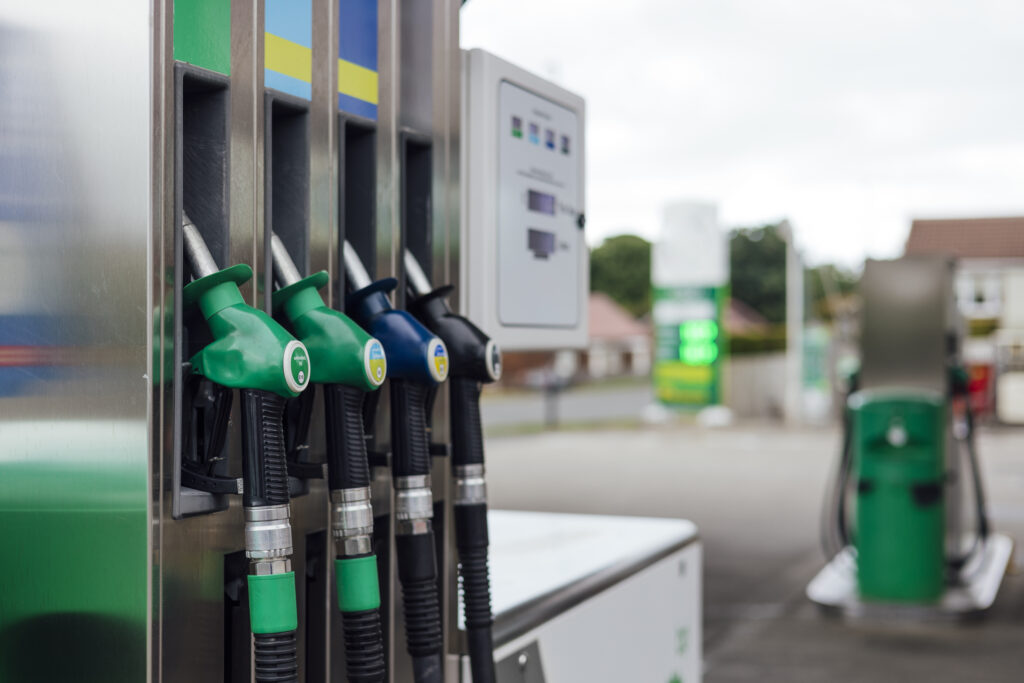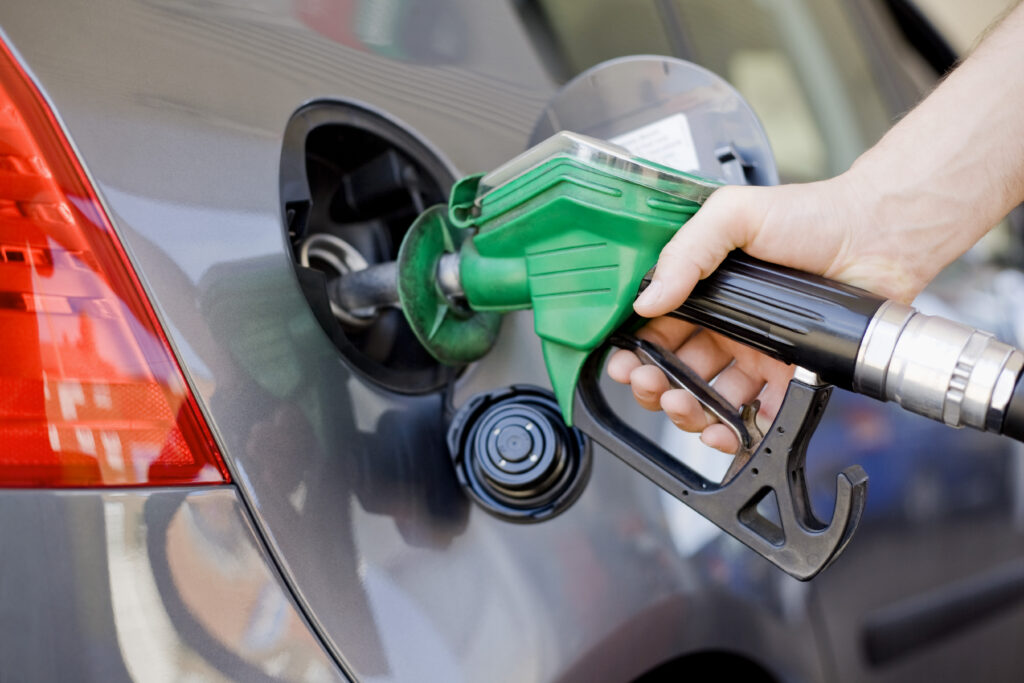
Putting the wrong fuel in your car might seem like something you’re unlikely to do, but it’s surprisingly common. According to the RAC (2021), misfuelling actually happens around 150,000 times every year in the UK. So, it’s not completely out of the question that this could happen to you.
And, if you do happen to put the wrong fuel in your car, it can be a tricky (and expensive) mistake to fix. Without insurance that covers misfuelling, you could find yourself spending a lot of money just to drain the fluid from your tank, and that doesn’t take into consideration the damage that might be caused.
To help you better understand misfuelling, the damage it can cause and what you should do if you make this mistake, in this article, we’ll guide you through:
- What is misfuelling?
- What happens if you put the wrong fuel in your car?
- What should you do if you put the wrong fuel in your car?
- How can I get cover for misfuelling?

What is misfuelling?
Misfuelling occurs when a driver inadvertently fills their vehicle with the incorrect type of fuel. This commonly involves putting petrol into a diesel car or vice versa.
This mistake can happen due to distractions, confusion at the pump, or driving a different vehicle than usual.
Also see: The car maintenance checks that could prevent a breakdown
What happens if you put the wrong fuel in your car?
The consequences of misfuelling can vary depending on how quickly the error is acknowledged and rectified, the amount of the wrong fuel added and the type of vehicle.
Putting petrol in a diesel engine can cause significant damage as diesel acts as a lubricant for the fuel pump and injectors. However, diesel in a petrol engine can lead to poor combustion as well as potential damage to the catalytic converter and other engine components (EMG Motor Group, 2023).
Furthermore, if attempt to drive your car before realise the mistake that’s been made, it will cause fuel to circulate throughout your car’s system, causing further damage.
What should you do if you put the wrong fuel in your car?
If you ever find yourself in this situation, there are a few things you should and should not do to prevent matters from worsening (Parkers.com, 2024), such as:
- Do not start the engine: If you realise you’ve used the wrong fuel before starting the engine, do not turn the key. Starting the engine can circulate the incorrect fuel through the system, causing more damage.
- Contact a professional: Seek assistance from a roadside recovery service or a garage specialising in fuel draining. They will drain the tank, flush the fuel system and ensure no lasting damage is done to the engine.
- Do not drive the vehicle: Avoid driving the car if possible. If you’ve already driven with the wrong fuel, pull over to a safe location and switch off the engine immediately.
- Follow expert advice: Listen to the advice given by the professionals assisting you in draining the fuel. They may recommend additional checks or procedures to ensure the vehicle is safe to drive.

How can I get cover for misfuelling?
Many insurance providers offer misfuelling cover as an optional extra on their policies, (this is particularly common on breakdown policies).
If you already have a breakdown policy (or any type of motor insurance for that matter), it’s advisable to check with your provider to see if misfuelling is already included or if it can be added for additional peace of mind.
Having misfuelling cover not only offers the comfort that, should something go awry, you know where to turn, but it also helps alleviate the costs associated with draining the fuel tank and repairing any damage caused by misfuelling.
However, it should also be noted that there will be some restrictions to your misfuelling cover. For example, Save More Money only offer misfuelling cover up to £250 and will replace up to 10 litres with the correct fuel.
If you’ve checked and you’re not already covered for misfuelling, you might want to consider using a third-party comparison site to find the best policy for you.
Alternatively, if you’re looking for breakdown insurance that offers misfuelling cover too, Save More Money’s fair value and comprehensive coverage could be right for you.
Also see: Does breakdown cover include punctures?
The bottom line
Misfuelling can be a stressful experience whether you have cover or not, but knowing the right steps to take can help minimise the damage and get you back on the road safely.
Stay vigilant at the pump, double-check the fuel type before filling up and remember that professional assistance is available in case of misfuelling emergencies.


